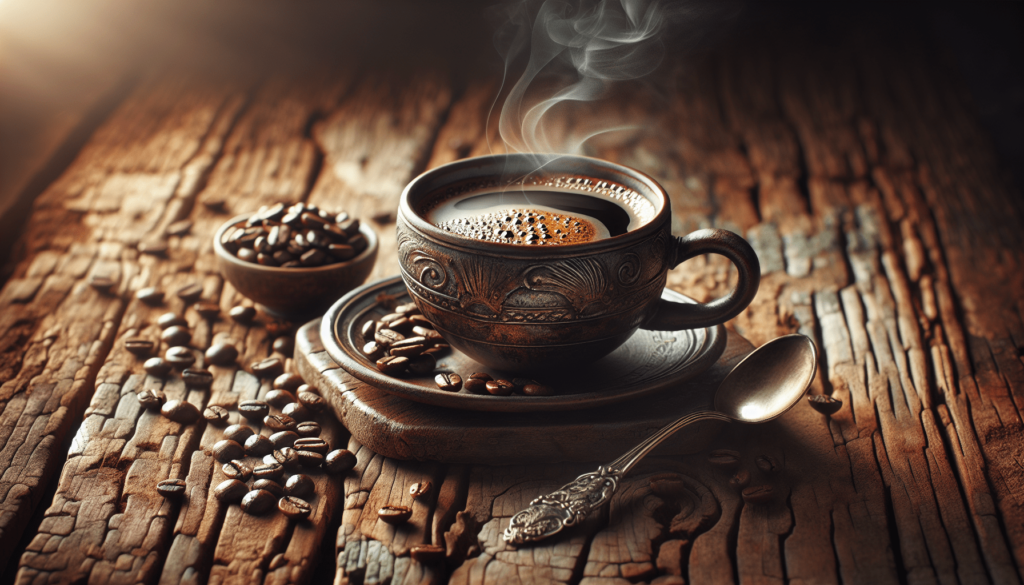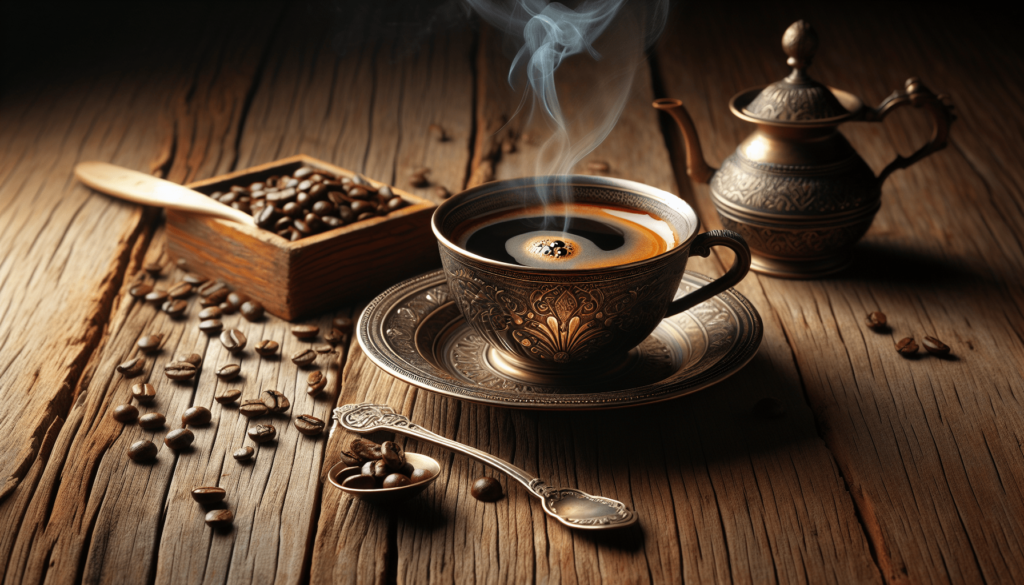Have you ever wondered how you can make your morning cup of coffee even more flavorful? Coffee is more than just a caffeine boost; it’s a delightful ritual that can be tailored to your personal taste. Understanding some simple yet impactful techniques can dramatically enhance your coffee experience. Here, you’ll discover expert tips and methods to make your coffee as delicious as possible.

Choose High-Quality Beans
Your coffee’s flavor starts with the beans you select. Just like how a chef chooses fresh ingredients, opting for high-quality coffee beans is crucial.
Type of Coffee Beans
Primarily, there are two types of coffee beans: Arabica and Robusta. Arabica beans are known for their smooth, complex flavors and can be a bit pricier. Robusta, on the other hand, has a stronger, more bitter taste.
| Bean Type | Flavor Profile | Price | Best Used For |
|---|---|---|---|
| Arabica | Smooth, complex | Higher | Black coffee, espresso |
| Robusta | Strong, bitter | Lower | Instant coffee, coffee blends |
Arabica beans are generally recommended if you’re aiming for a rich and nuanced cup of coffee.
Freshness of Beans
Coffee beans should be used within a month of their roasting date. The freshness affects the flavor, aroma, and overall richness of your coffee. Always check the roasting date before purchasing and prefer those from local roasters for maximum freshness.
Grind Your Own Beans
The grind size of your coffee beans significantly impacts the flavor. Grinding your own beans ensures freshness and allows you to tailor the grind size to your brewing method.
Grind Size
Different brewing methods require different grind sizes. Here’s a quick guide:
| Brewing Method | Ideal Grind Size |
|---|---|
| Espresso | Fine |
| Drip Coffee | Medium |
| French Press | Coarse |
Using the correct grind size can make or break your cup of coffee. A burr grinder is recommended for consistent grind size compared to a blade grinder.
Water Quality and Temperature
The quality and temperature of water play a pivotal role in brewing a flavorful cup.
Water Quality
Tap water can contain minerals and chemicals that may alter the coffee’s flavor. Filtered or bottled water is ideal for brewing.
Water Temperature
The optimal water temperature for brewing coffee is between 195°F and 205°F. If the water is too hot, it can scorch the coffee, making it taste bitter. Too cold, and you risk under-extracting, leading to weak and sour coffee.
Use the Correct Coffee-to-Water Ratio
Finding the right coffee-to-water ratio is essential for a balanced flavor.
Standard Ratio
A general guideline is using a 1:16 coffee-to-water ratio. This means for every gram of coffee, use 16 grams (or milliliters) of water.
| Coffee (grams) | Water (grams/ml) |
|---|---|
| 10 | 160 |
| 20 | 320 |
| 30 | 480 |
Adjust According to Taste
You can adjust the ratio to suit your taste preferences. If you prefer a stronger cup, increase the coffee amount slightly and vice versa.

Experiment with Different Brewing Methods
There are several brewing methods available, each offering a unique flavor profile.
Pour-Over
Pour-over brewing methods like Chemex and Hario V60 emphasize clarity and brightness in the cup. They typically produce a cleaner and more nuanced flavor.
French Press
A French Press gives you a full-bodied, rich cup of coffee with a slight sediment. It’s excellent for those who enjoy a robust flavor.
Espresso
Espresso machines produce a concentrated shot of coffee by forcing pressurized water through finely-ground coffee. The result is a bold, intense flavor perfect for making lattes, cappuccinos, or enjoying on its own.
Store Your Coffee Properly
Storing coffee beans properly retains their freshness and flavor.
Airtight Containers
Store your coffee in an airtight container to prevent oxidation. Avoid transparent containers as exposure to light can degrade the quality.
Cool, Dark Place
Keep your coffee beans in a cool, dark place. Never store them in the refrigerator or freezer as moisture can negatively impact the beans.
Clean Your Coffee Equipment
Regularly cleaning your coffee-making equipment can significantly impact the flavor of your coffee.
Cleaning Routine
Perform a deep clean every few weeks and a quick rinse after each use. Residual oils from coffee beans can build up over time, leading to a rancid taste.
Descaling
Descale your coffee machine periodically. Hard water deposits can affect the performance and flavor output of your machine.
Add Flavor Enhancements
Sometimes, a little extra can make a world of difference.
Spices
Adding spices like cinnamon, nutmeg, or cardamom can elevate your coffee experience. Just a pinch in your coffee grounds or cup enhances the flavor profile.
Sweeteners
Natural sweeteners like honey, agave syrup, or flavored syrups can add a touch of sweetness and complement the coffee’s natural flavors.
Milk and Cream Alternatives
Experiment with different types of milk or cream such as almond, soy, or oat milk. Each adds a unique flavor and texture to your coffee.
Experiment with Brewing Times
The brewing time affects the extraction process and flavor outcome.
Shorter Brew Times
Shorter brew times can result in under-extraction, leading to a sour or weak flavor.
Longer Brew Times
Longer brew times might lead to over-extraction, causing a bitter taste. Finding the sweet spot for your brewing time through experimentation is key.
Conclusion
Making coffee more flavorful is an art that involves the selection of high-quality beans, grinding your own beans, using the right water quality and temperature, and experimenting with brewing methods and ratios. By understanding and applying these tips, you can savor a cup of coffee that’s tailored precisely to your taste preferences. Enjoy the journey of discovering your perfect cup!
